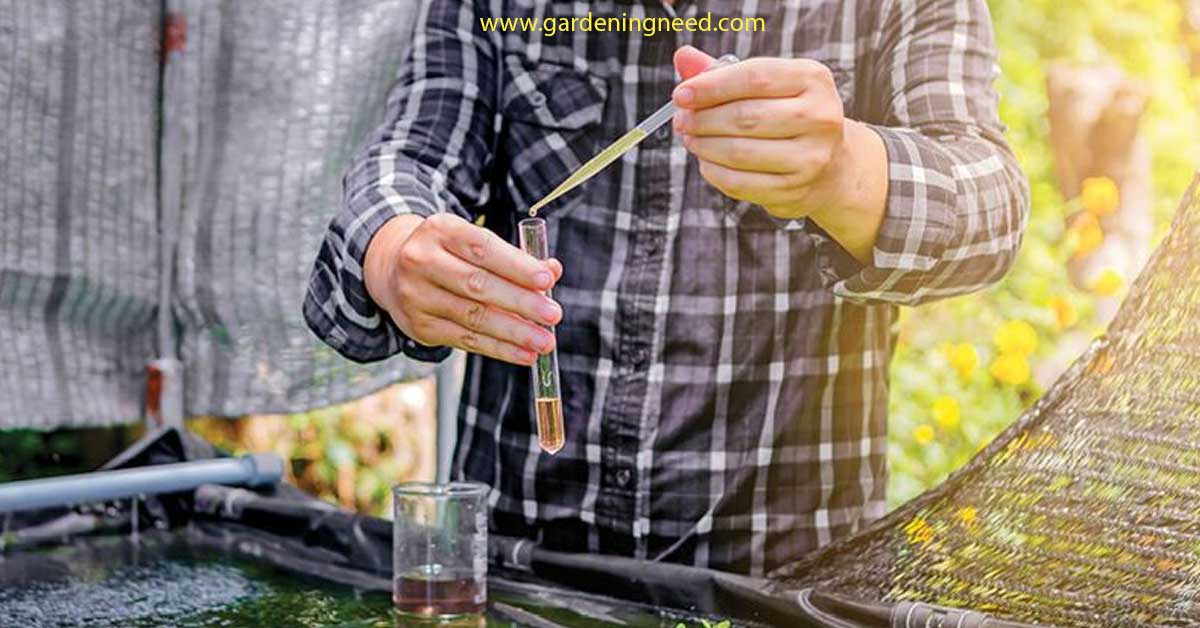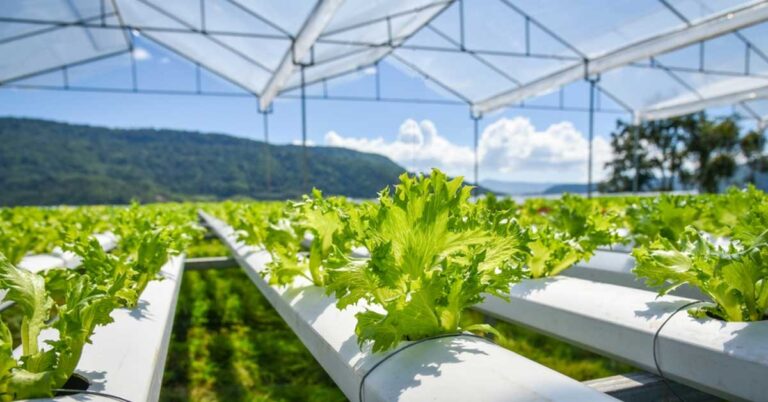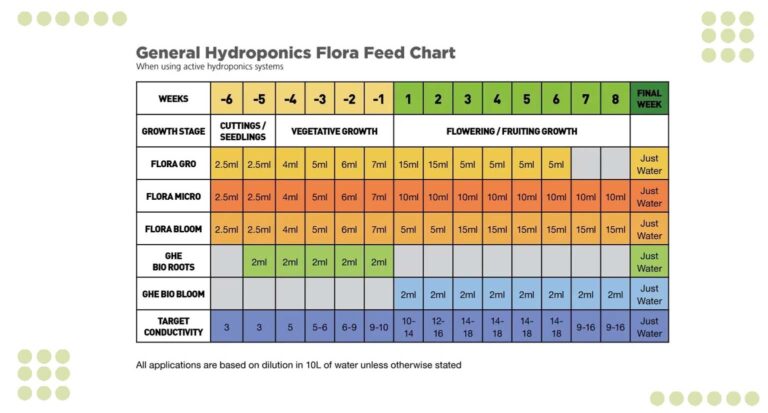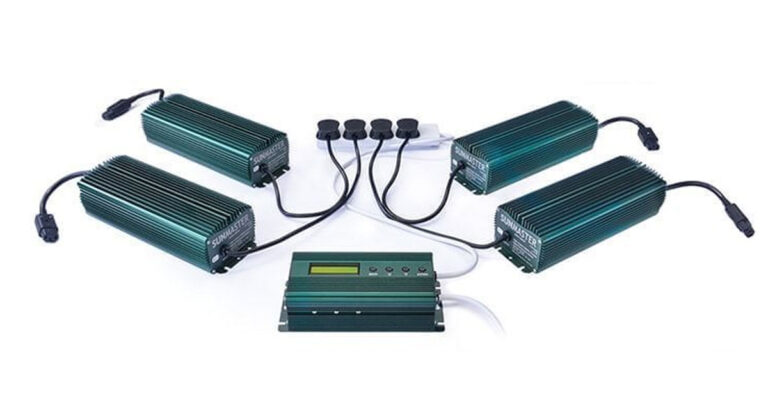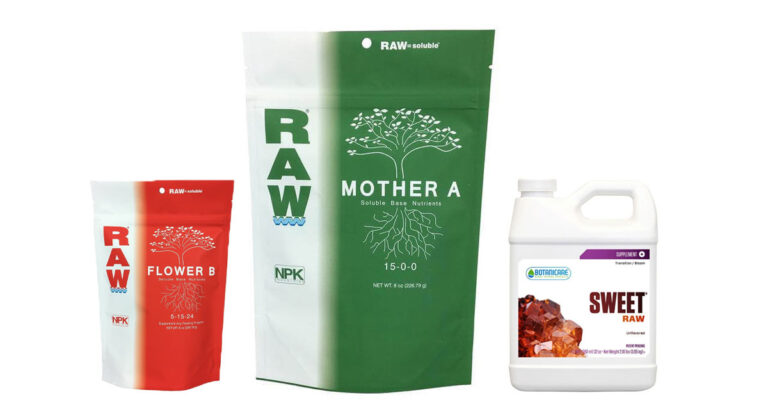How Often to Water Hydroponic Plants Test?
Hydroponics, the innovative soil-less gardening method, has been capturing the attention of green-thumbs and commercial growers alike. Instead of the conventional soil, hydroponic plants tap into a nutrient-rich water solution to access necessary nutrients, thus requiring an efficient understanding of water management. As new hydroponic gardeners or seasoned hydroponic farmers, one may wonder, “How often to water hydroponic plants?” The answer to this critical question isn’t a one-size-fits-all, as it depends on various factors including the type of plants, growing medium, root systems, and the hydroponics system in use.
Let’s dive into the world of hydroponic watering, exploring different ways to maintain optimal water levels, ensuring plant growth and health while avoiding problems like root rot. This guide will help you navigate the complexity of watering schedules, water quality, EC levels, and much more. By the end of this journey, you’ll have a good idea about managing water in your hydroponic garden for optimal growth, regardless of whether you’re using drip systems, deep water culture, or aeroponic systems.
Understanding Hydroponic Plants
Hydroponic plants have different needs compared to their soil-grown counterparts. In a hydroponic reservoir, these plants rely heavily on the water source for their survival and growth. To maintain optimal health, it is essential to understand the nuances of different plants, the medium in which they are grown, and the system used for their cultivation.
Types of Hydroponic Systems
The frequency and volume of water used in a hydroponic setup largely depend on the type of hydroponic system in place. Aeroponic systems, for example, utilize a nutrient-rich water solution misted onto the plant’s roots, requiring less water compared to systems like Deep Water Culture (DWC) where roots are constantly submerged in the water reservoir. Similarly, Nutrient Film Technique (NFT) uses a thin film of water flowing over the roots, while wick systems and drip systems employ a more passive approach. Each system has its unique water needs, which directly influence how often to water hydroponic plants.
Growing Medium and Root Systems
The growing medium and the root systems also play an important role in determining the water needs of hydroponic plants. Certain growing media, like coco coir or rockwool, retain more water, thus requiring less frequent watering. On the other hand, mediums like clay pebbles, which have high drainage, might require more water. Additionally, the root systems of plants also influence the watering needs. Large plants with extensive root systems may need more water, while smaller plants with less expansive roots might thrive with less frequent watering.
Water Requirements for Hydroponic Plants
Just as with traditional gardening, hydroponic plants have specific water requirements that are crucial for their survival and growth. However, it’s not merely about the amount of water. Various factors like water quality, pH levels, electrical conductivity (EC), and temperature all play a pivotal role in creating the ideal environment for hydroponic plants.
Water Level and Quality
The water level in a hydroponic tank is a balancing act. Too much water can lead to root rot, while too little can leave the plants dehydrated. It is, therefore, essential to maintain the right water level depending on the type of system and the size of your plants. As a general rule of thumb, ensure that the roots of the plants are always in contact with the water but are not entirely submerged.
Additionally, the quality of water used for hydroponic plants is equally important. Clean water, free from contaminants and high chlorine levels, is essential for plant health. Tap water may be a convenient source, but it’s always a good idea to test the water quality before using it for your plants.
pH Level and Electrical Conductivity
The pH level of your solution significantly affects the nutrient uptake of hydroponic plants. An ideal pH range for most hydroponic plants is between 5.5 and 6.5. This range ensures that the essential nutrients are readily available to the plants. pH test kits or electronic pH meters are great options to regularly monitor the pH of your solution.
Alongside pH, Electrical Conductivity (EC) is another crucial aspect. EC measures the nutrient strength of your hydroponic solution. Higher EC levels mean more nutrients, but remember, too much fertilizer can harm the plants as much as too little. Therefore, maintaining the appropriate EC levels is a critical part of water management in hydroponic gardening.
Water Temperature
Water temperature is another important factor often overlooked by new growers. Cold water can slow plant growth, while water at high temperatures can lead to oxygen deficiency and promote harmful pathogens. The optimal water temperature for most hydroponic plants is between 65°F and 80°F. Use a water thermometer to ensure that your hydroponic reservoir stays within this range, providing an ideal environment for plant growth.
Adjusting Water and Nutrients
While understanding the basics of watering is crucial, managing a hydroponic setup doesn’t stop there. Knowing how often to water hydroponic plants is just the first step. Ensuring they get the right amount of nutrient solution, maintaining proper pH, and managing nutrient concentration all contribute to the success of your hydroponic garden.
Amount of Nutrient Solution
The amount of nutrient solution that your plants need will vary depending on the plant type, the stage of growth, and the type of system you’re using. In general, however, your plants should have continuous access to nutrient-rich water. Be sure to monitor the nutrient concentration and water level in your reservoir regularly. Regular hydroponic water changes, such as a complete water change every 2 weeks, can help maintain the balance of nutrients in your system.
Monitoring and Adjusting pH
Maintaining the proper pH of your nutrient solution is crucial as it affects nutrient uptake and overall plant health. High pH can lead to nutrient deficiencies, while a low pH can result in nutrient toxicity. It’s advisable to check the pH of your solution daily. If the pH drifts out of the ideal range, it can be adjusted using pH up or down solutions. Remember, the adjustments should be gradual to avoid shocking the plants.
Managing Nutrient Concentration
Similar to the importance of pH levels, managing nutrient concentration or Electrical Conductivity (EC) is vital for optimal plant growth. Too high EC levels can lead to nutrient burn, while too low can result in nutrient deficiencies. Regularly check the EC level of your nutrient solution with an EC meter. If the nutrient concentration gets too high, you can add fresh water to dilute it. Conversely, if it gets too low, add more nutrients. Understanding these factors and maintaining balance is the best way to ensure your hydroponic plants thrive.
Water Change Frequency
How often should you change the water in your hydroponic system? It’s a question that many new hydroponic gardeners often ask. While the frequency can vary based on different factors such as the type of system, the size of your water reservoir, and the types of plants you’re growing, there are general guidelines that can help you determine the best schedule for full water changes, top-ups, and partial changes.
Full Water Change
A full water change involves completely draining your hydroponic reservoir and refilling it with a fresh batch of nutrient-rich water solution. It’s a great way to ensure your plants always have access to the necessary nutrients and that any buildup of unwanted substances is removed. For most hydroponic systems, a full water change is recommended every two to three weeks. However, in systems with a larger volume of water or less plant density, the interval between full changes may be extended.
Top-ups and Partial Changes
Between full water changes, you may notice that the water level in your reservoir is decreasing due to plant uptake and water evaporation. This is where top-ups come in. Adding fresh water to your reservoir can help maintain the water level and ensure the roots of your plants are always in contact with the nutrient solution.
Partial water changes are also a good idea, especially in larger systems where a full change might be more challenging. It involves replacing a part of the nutrient solution in the reservoir with a fresh batch. This method can help keep the nutrient concentration balanced, ensuring your plants have access to all the essential nutrients they need for optimal growth.
Maintaining Optimal Plant Growth
The ultimate goal of any gardener, traditional or hydroponic, is optimal plant growth. In hydroponics, maintaining the health of plant roots, preventing root rot, and understanding that different plants have different watering needs are all key to achieving this goal. By paying close attention to these aspects, you can ensure your hydroponic plants not only survive, but thrive.
Monitoring Plant Roots
The roots of your plants can give you a lot of information about their health. Healthy roots should be white or lightly colored and firm to the touch. If you notice the roots turning brown or slimy, or if they have a foul smell, these are signs of possible problems, such as overwatering or a disease. Regularly inspecting the roots and adjusting your watering and nutrient schedule based on their condition can help prevent problems before they become serious.
Preventing Root Rot
Root rot is a common problem in hydroponic systems, often caused by overwatering or insufficient oxygen levels in the water. To prevent this, ensure your plants are not constantly submerged in water. Aerate your nutrient solution using air stones or similar devices to maintain sufficient oxygen levels. Additionally, keeping the water temperature in check and regularly changing the nutrient solution can help prevent the growth of harmful pathogens that can cause root rot.
Different Watering Needs for Different Plants
Just as in soil gardening, different hydroponic plants have different watering needs. Some plants prefer a wet environment, while others need periods of dryness. Some have deep root systems and consume more water, while others have shallower roots and use less water. Understanding the specific needs of the plants you’re growing and adjusting your watering schedule accordingly is crucial for maintaining optimal plant growth.
Additional Considerations and Tips
As you become more experienced in managing your hydroponic garden, you may want to explore advanced techniques and strategies. From implementing drip systems to managing high temperatures and improving water quality with hydrogen peroxide, there are various ways to optimize your hydroponic watering practices further.
Drip Systems and Irrigation
Drip systems can be a great option for those looking to automate their watering process. These systems slowly drip nutrient solution onto the growing medium, providing a steady supply of water and nutrients to the plant’s roots. By controlling the flow of water, you can ensure your plants receive just enough water without the risk of overwatering. Paired with a well-designed irrigation system, this can lead to significant improvements in plant health and yield.
Addressing High Temperatures
High temperatures can lead to increased water evaporation and transpiration, thereby requiring more frequent watering. In such scenarios, it’s important to adjust your watering frequency accordingly. Consider using cooling measures like shade cloths or fans to regulate temperatures in your hydroponic garden. It’s also a good idea to monitor the water temperature and ensure it stays within the optimal range for your plants.
Using Hydrogen Peroxide for Water Quality
Maintaining the quality of water in your hydroponic reservoir is essential for healthy plant growth. One method for improving water quality is the use of hydrogen peroxide. Adding hydrogen peroxide to your water can increase oxygen levels, break down harmful substances, and even combat root diseases. However, be sure to use it cautiously and in the right quantities, as too much can harm your plants.
Conclusion
Understanding how often to water hydroponic plants is more than simply determining a fixed watering schedule. It’s about monitoring and adjusting various factors like water level, pH, EC levels, water temperature, and nutrient concentration. It’s about taking into account the type of plants you’re growing, the growth stage they’re at, and the specific type of hydroponic system you’re using. It’s about recognizing signs of distress in your plants and adjusting your practices to promote their health and growth.
By gaining a thorough understanding of the elements that influence watering in hydroponics, you’re setting yourself up for success in this exciting method of gardening. Remember, growing hydroponically is a continuous learning process. With time and experience, you’ll become more adept at recognizing and fulfilling your plants’ needs, leading to a thriving, productive hydroponic garden.

